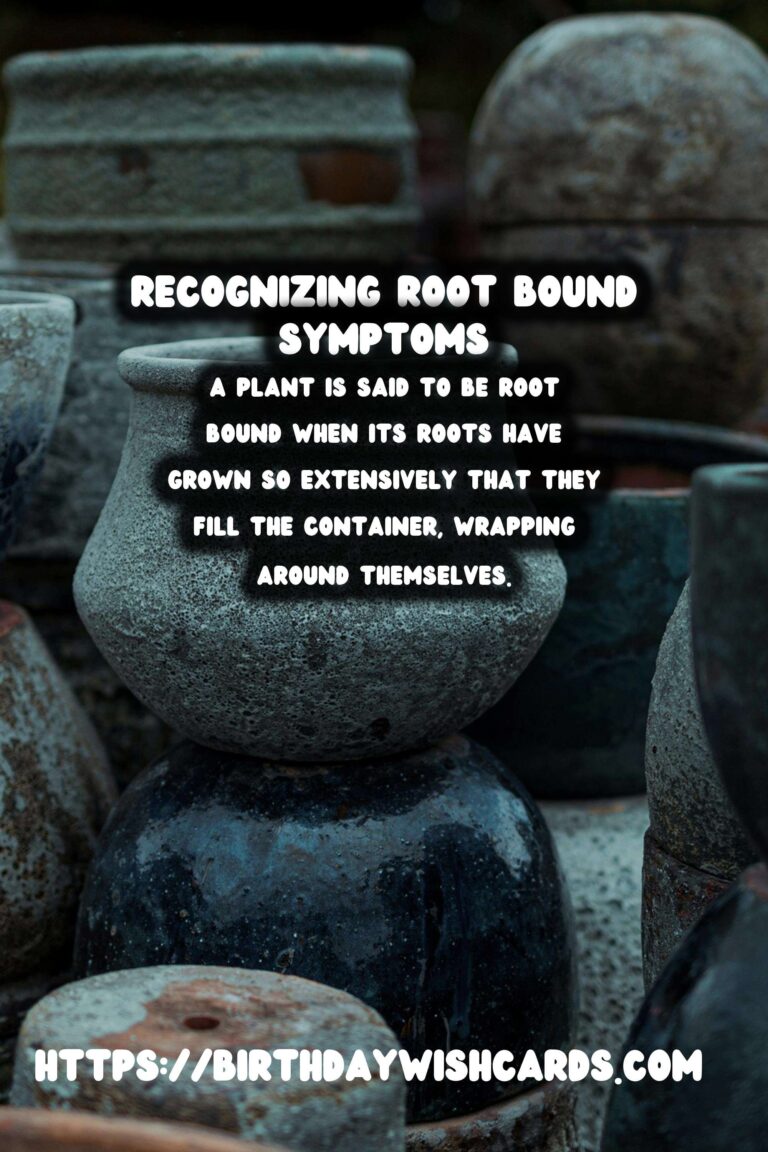
Plants, like all living organisms, require certain conditions to thrive. One critical aspect of plant health that often goes unnoticed is the condition of the plant’s root system. In particular, when a plant becomes root bound, it can lead to a myriad of health issues that affect its growth and vitality. Understanding what it means for a plant to be root bound and recognizing its symptoms are essential for any gardener or plant enthusiast.
What Does It Mean for a Plant to Be Root Bound?
A plant is said to be root bound when its roots have grown so extensively that they fill the container, wrapping around themselves and forming a dense, tangled mass. This condition usually occurs when a plant has outgrown its pot, and there is no more space for the roots to expand. As a result, the plant’s growth is stunted because the roots cannot effectively absorb water and nutrients.
Common Symptoms of Root Bound Plants
Recognizing the signs of a root bound plant is crucial for timely intervention. Here are some common symptoms:
- Stunted Growth: One of the most evident signs is that the plant stops growing or grows at a much slower rate than usual.
- Wilting Leaves: Despite regular watering, the leaves may appear wilted or discolored.
- Roots Emerging from the Drainage Holes: If you notice roots protruding from the bottom of the pot, it’s a strong indication that the plant is root bound.
- Soil Dries Out Quickly: Because the roots take up most of the pot space, the soil cannot retain moisture, causing it to dry out more quickly.
- Root Ball: When you remove the plant from its pot, you may see a tight mass of roots with little to no soil.
Impact of Being Root Bound on Plant Health
Being root bound can severely affect a plant’s health. The restricted root system struggles to uptake water and nutrients, leading to deficiencies. Moreover, the crowded roots can suffocate, reducing the plant’s ability to photosynthesize efficiently. Over time, this leads to weakened plant structure, increased susceptibility to pests and diseases, and eventually, plant death if not addressed.
How to Treat a Root Bound Plant
Treating a root bound plant involves a few careful steps:
- Repotting: Choose a pot that is one size larger than the current one. Ensure it has adequate drainage holes.
- Pruning the Roots: Gently loosen the root ball and trim any excessively long or damaged roots. This encourages new growth.
- Fresh Soil: Use high-quality potting soil to provide the necessary nutrients and enhance drainage.
- Watering and Care: After repotting, water the plant thoroughly and place it in an appropriate location based on its light requirements.
Preventing Root Bound Conditions
Prevention is always better than cure. Here are some tips to prevent your plants from becoming root bound:
- Regularly check the root system by gently removing the plant from its pot.
- Repot plants every 1-2 years to provide adequate space for root growth.
- Choose the right pot size when planting or repotting.
- Ensure proper watering techniques to avoid overwatering or underwatering.
Conclusion
Understanding the signs and implications of a root bound plant is essential for maintaining healthy, thriving plants. By recognizing the symptoms early and taking appropriate action, you can ensure your plants continue to grow and contribute to a lush, vibrant garden or indoor space.
Remember, healthy roots are the foundation of a healthy plant. Regular monitoring and care can prevent root bound problems, allowing your plants to flourish.
A plant is said to be root bound when its roots have grown so extensively that they fill the container, wrapping around themselves. Recognizing the signs of a root bound plant is crucial for timely intervention. Being root bound can severely affect a plant’s health. Treating a root bound plant involves repotting, pruning the roots, and using fresh soil. Prevention is always better than cure when it comes to root bound conditions. 
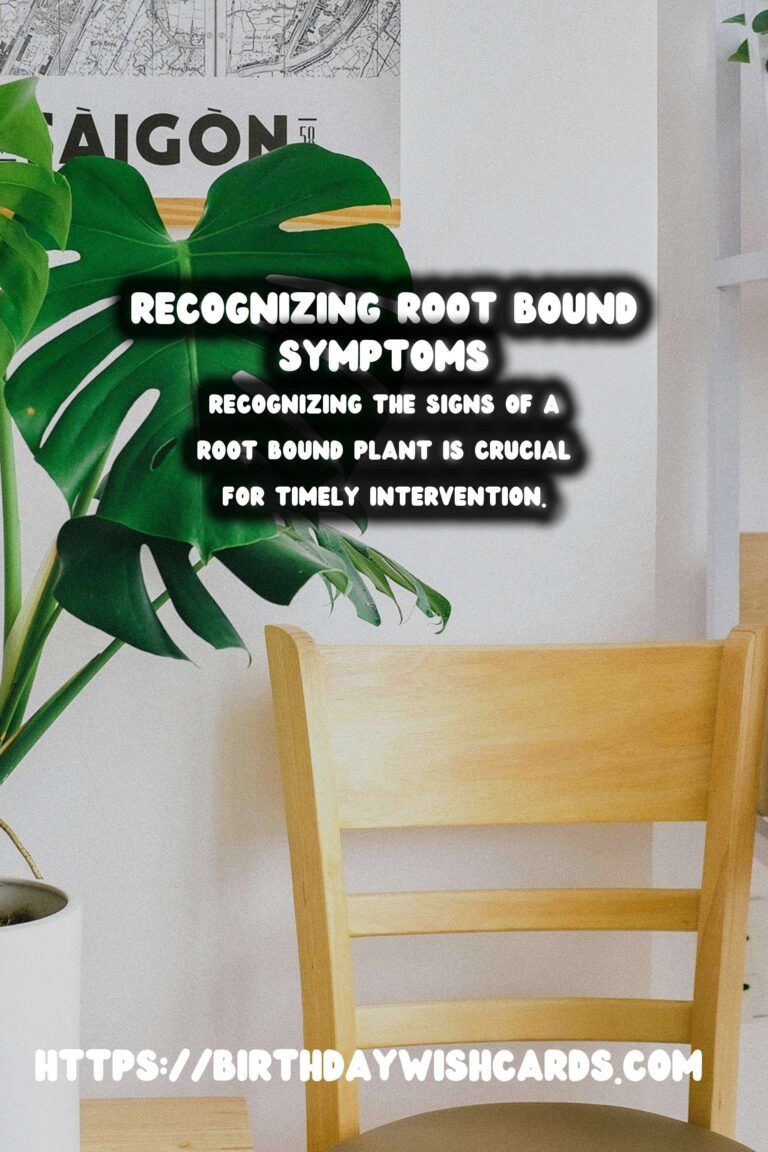
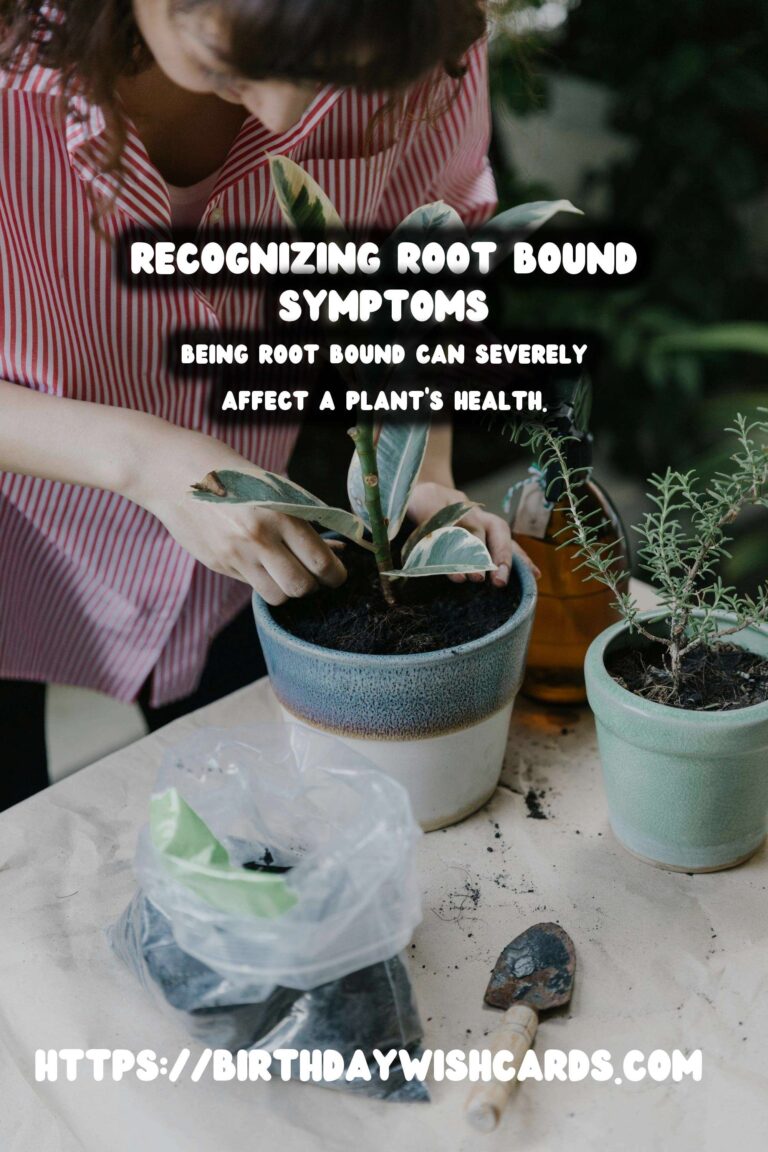
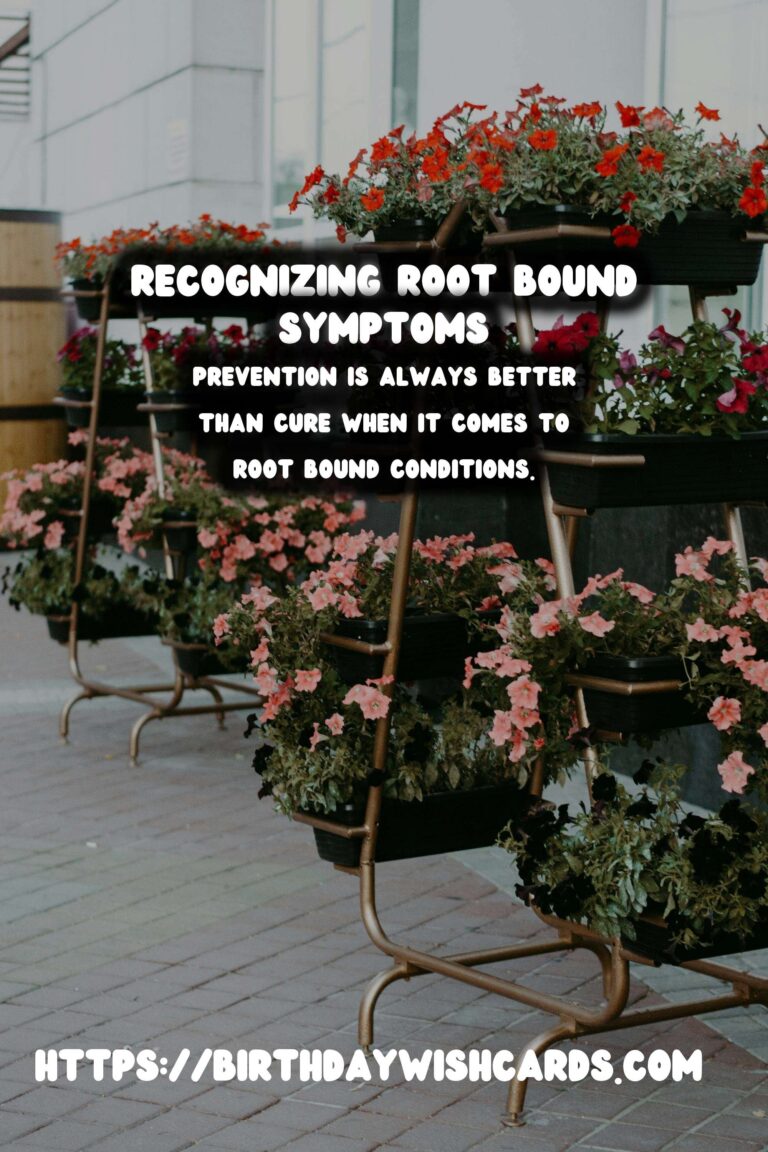
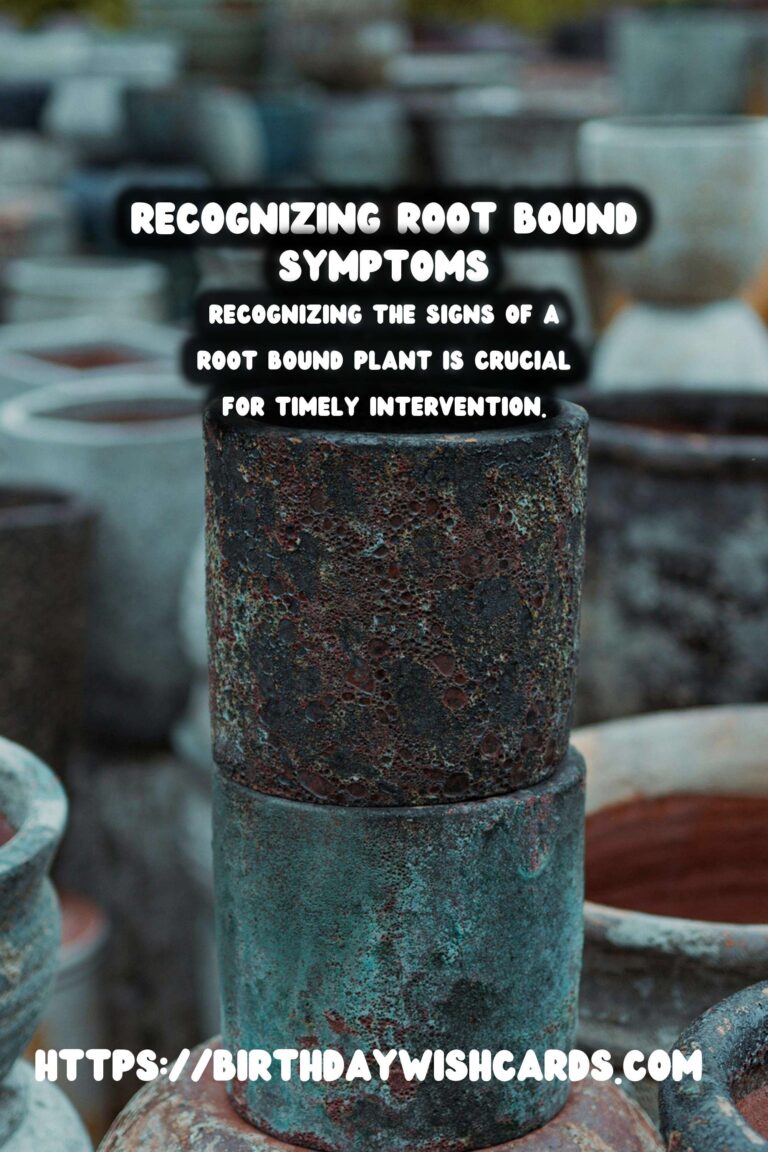
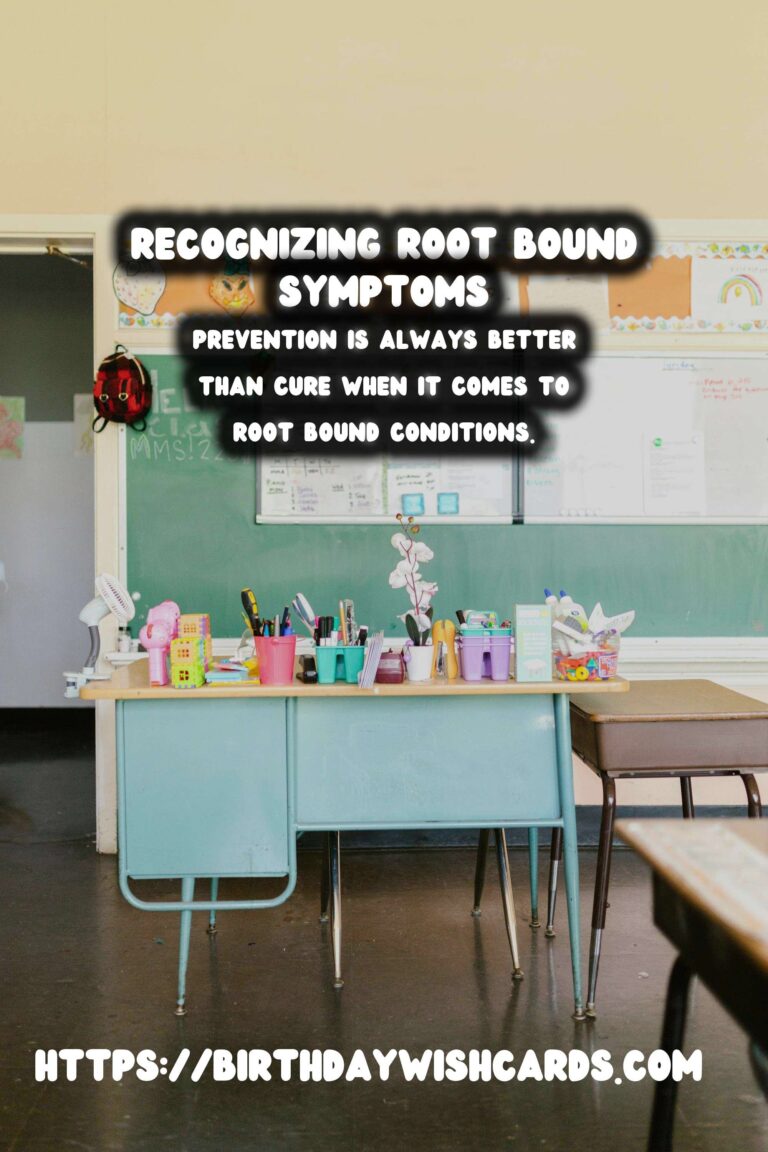
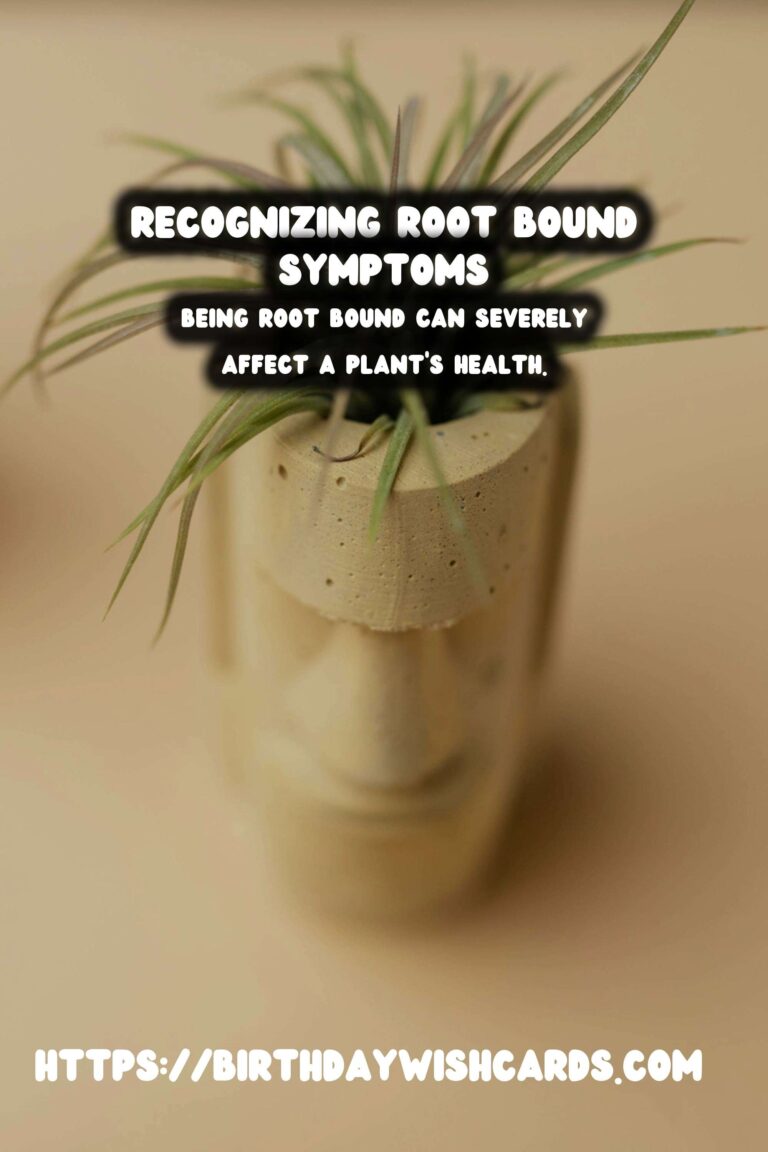
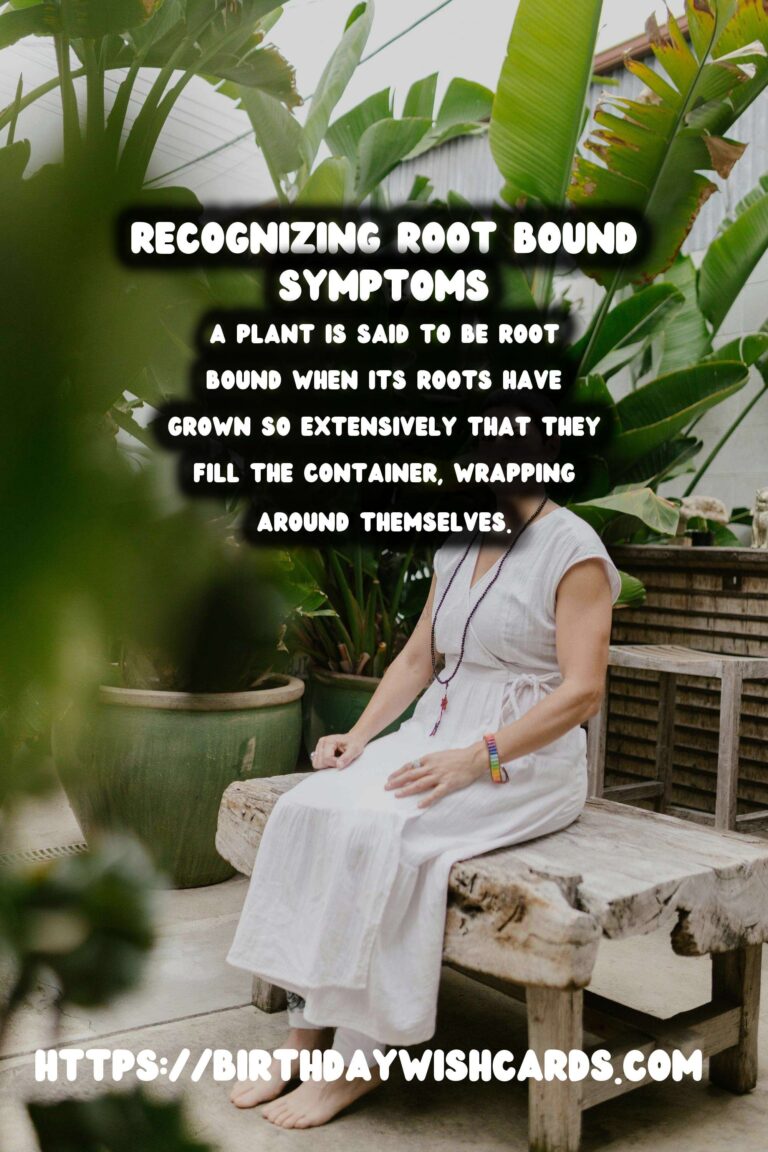
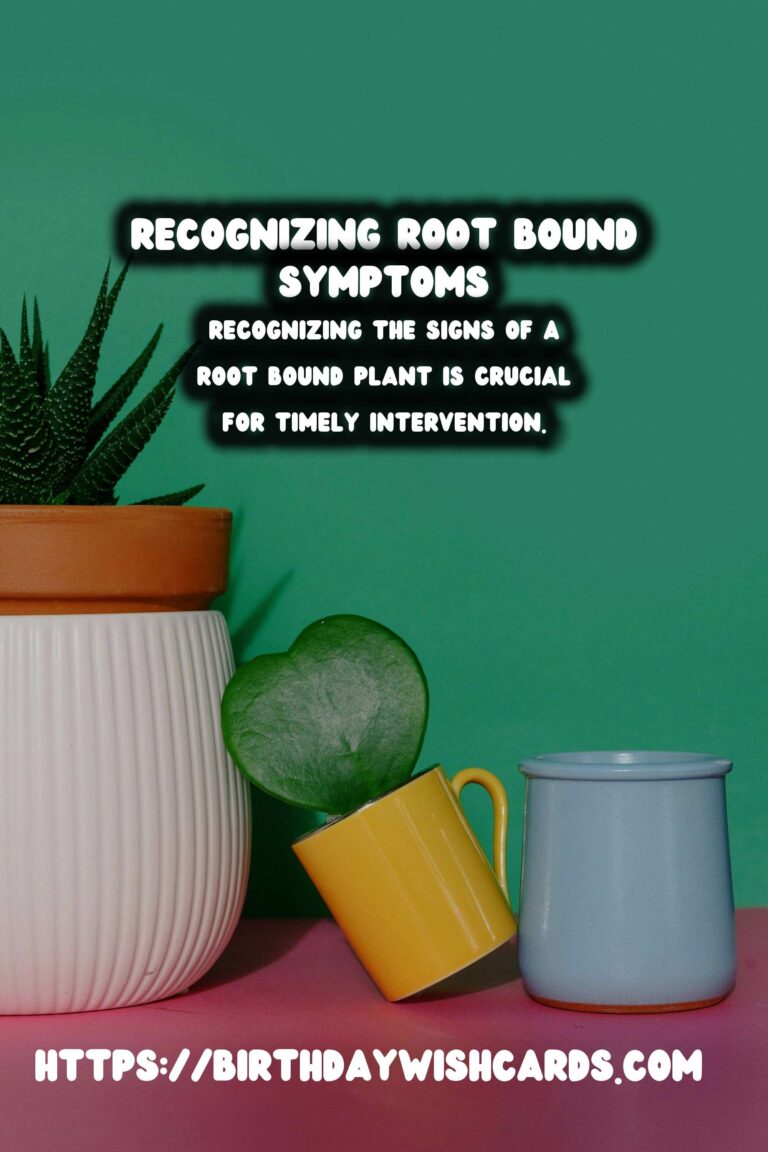
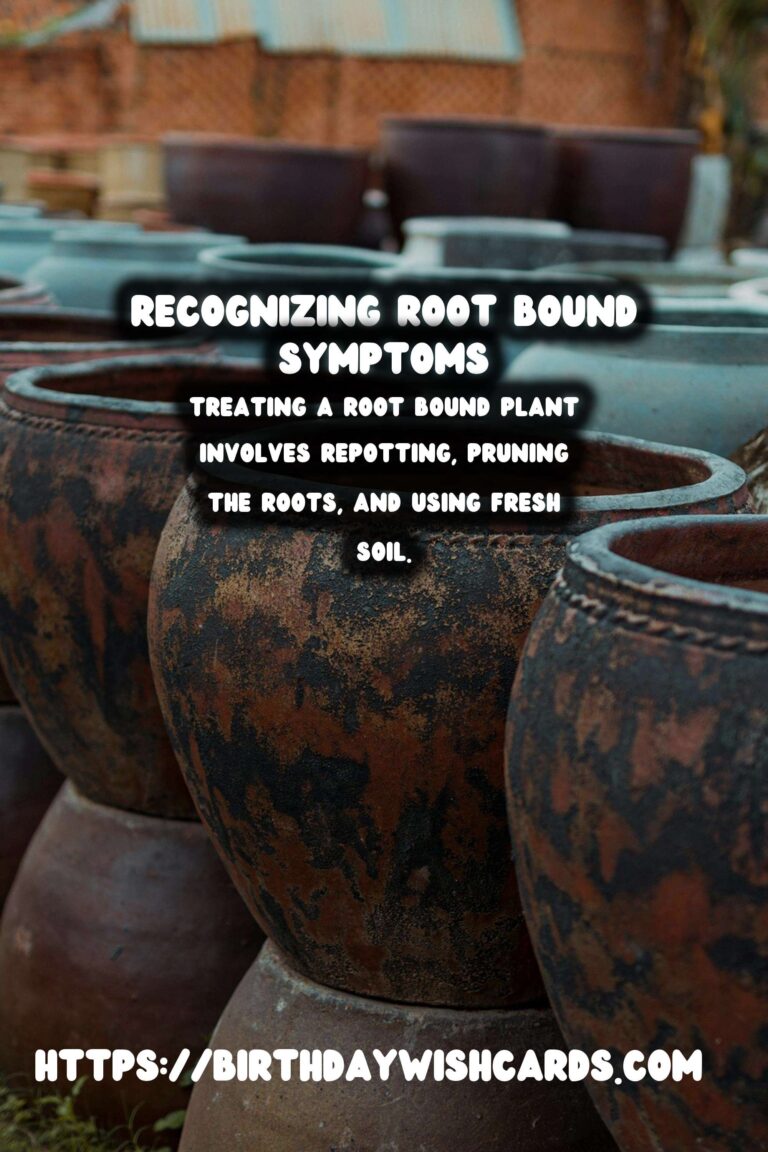
#PlantCare #GardeningTips #RootBound #PlantHealth




